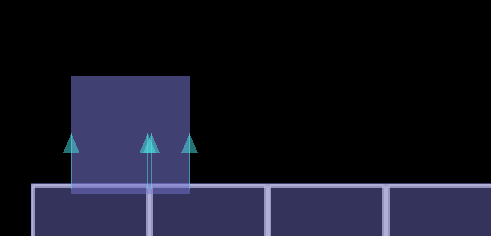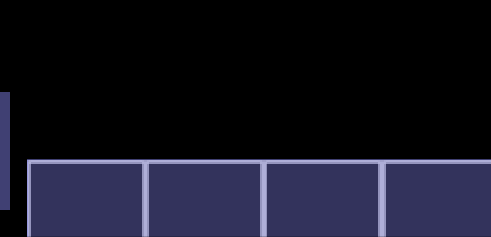Just to be clear, this is not a “bug”! Box2D is working exactly the way it should be.
Because Defold treats each tile as a separate shape (for good reasons), life is a bit more difficult than you might expect, but it’s not all Defold’s fault either. Nor is this just a problem with tilemaps. Any time you want to build a continuous surface out of multiple pieces you’ll run into this. Unfortunately, no physics engine can read your mind.
Given two overlapping bodies, the physics engine will calculate the shortest distance and direction necessary to move those bodies so they won’t overlap anymore. It doesn’t really ‘prevent’ overlaps, it just moves them apart before things are rendered. With two rectangles, the normal of the contact will be vertical or horizontal depending on the amount of overlap in each direction.

In most cases, gravity is going to cause a vertical overlap every frame that something is ‘resting’ on the ground. As your body moves across a seam in the ground, this vertical overlap will be larger than the horizontal overlap from the seam for possibly a frame or two, giving you a horizontal contact normal.

The deeper the vertical overlap (because of low framerate or something), the worse it is.

Of course it happens with regular objects too (no tilemap)

For most games it’s not really possible to simply avoid this issue by making every floor a single continuous shape. It’s pretty much guaranteed in any infinite runner or any other platformer where the levels are made in separate pieces. And for example what if you want a one-way platform sticking off the end of a solid platform? Those two bodies must have different properties, there’s no way for them to be a single shape.
Any robust platformer (with any engine) is going to have to deal with this issue. A specialized ‘physics engine’ like Bump might help—meaning that someone else solved the problem for you.
I think you will find that using a dynamic body for your player will be much more work in the long run, especially considering the limited subset of Box2D’s features that Defold gives you access to. With a dynamic body you will have to deal with forces and friction, you can’t just move the player where you want, you can’t change collision groups at runtime so I’m not sure how you would do one-way platforms, etc. Kinematic bodies let you skip all that stuff. You can control them just like any other game object, but they give you detailed collision information (which you can use or ignore as you like).
